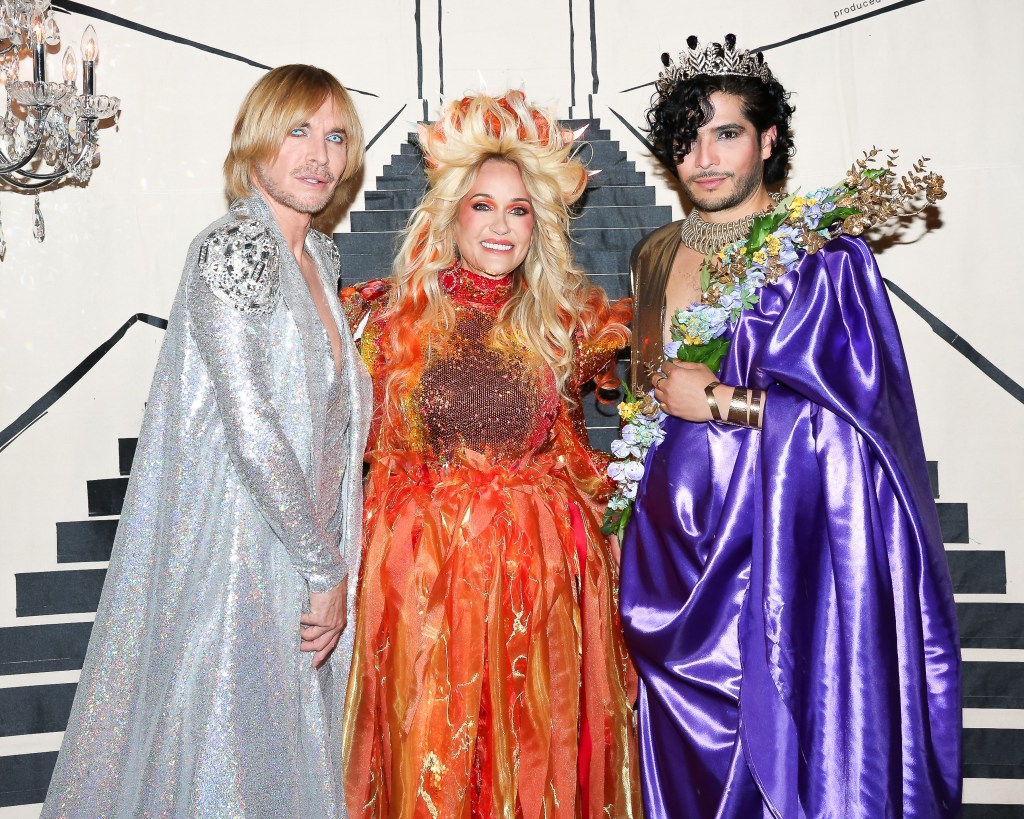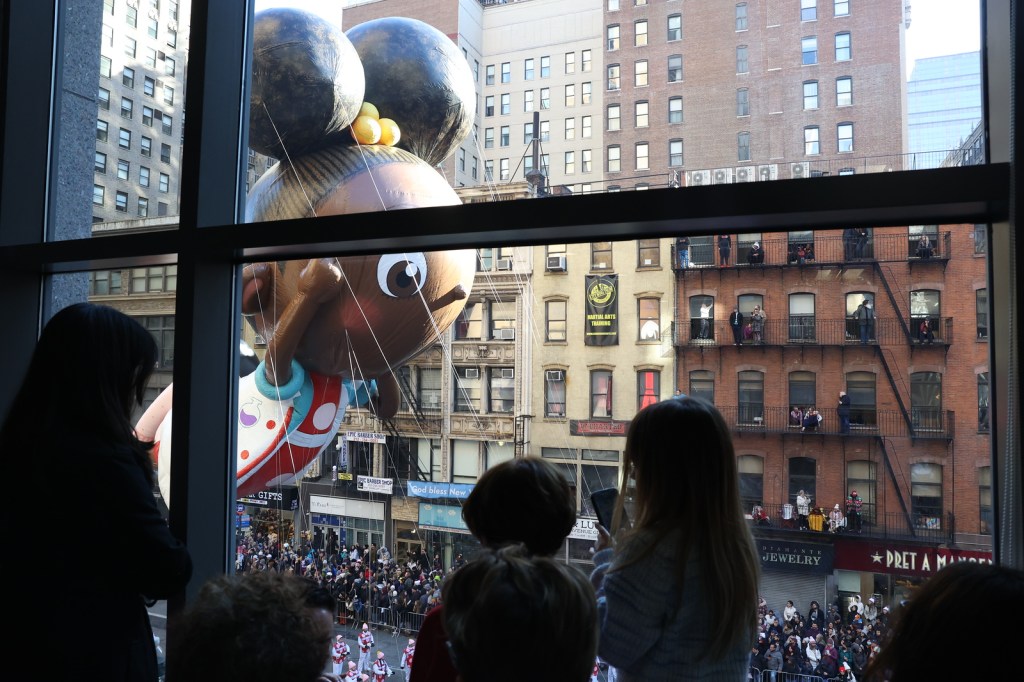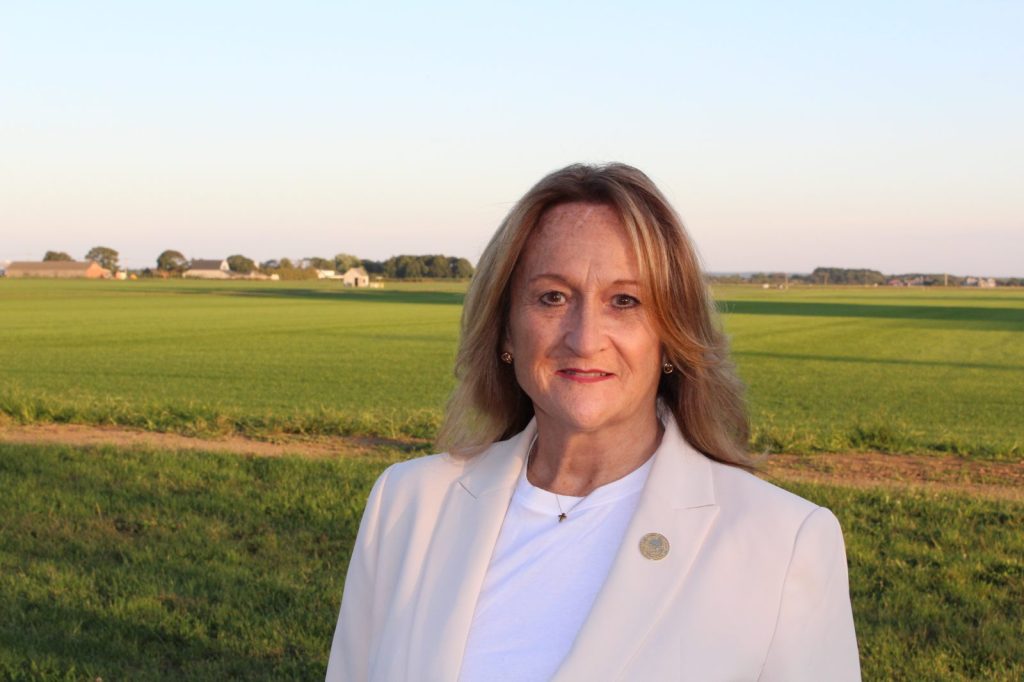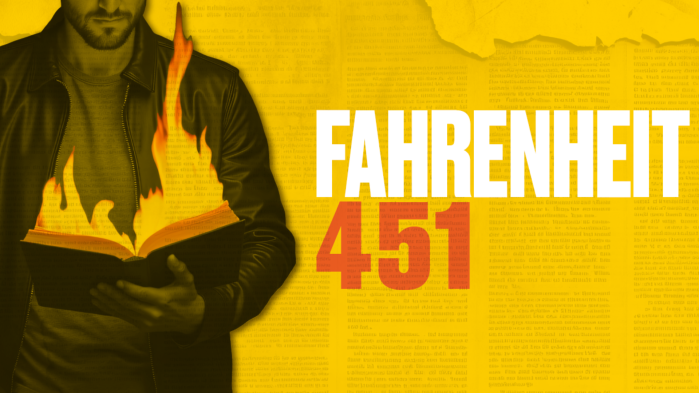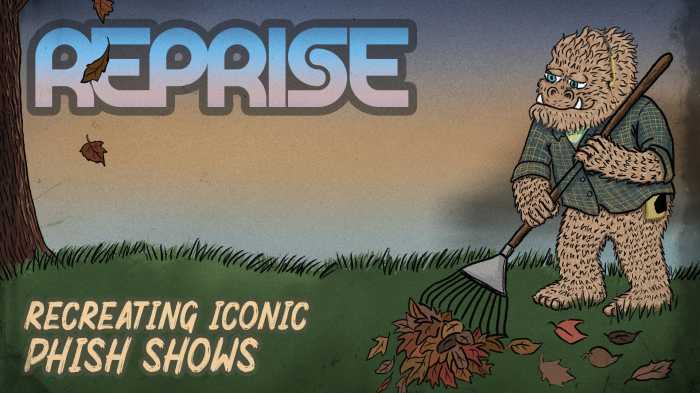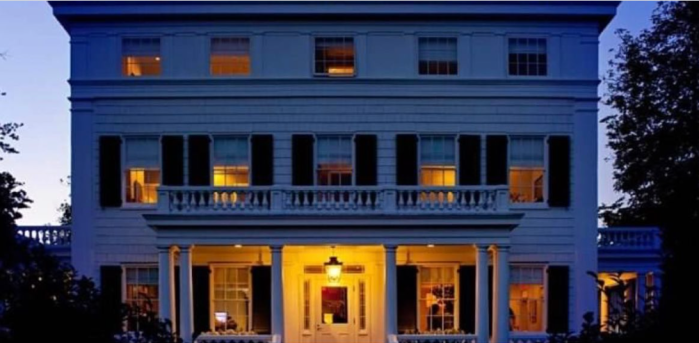Cow Milking Robots Sweep the Nation but Not the East End...Yet
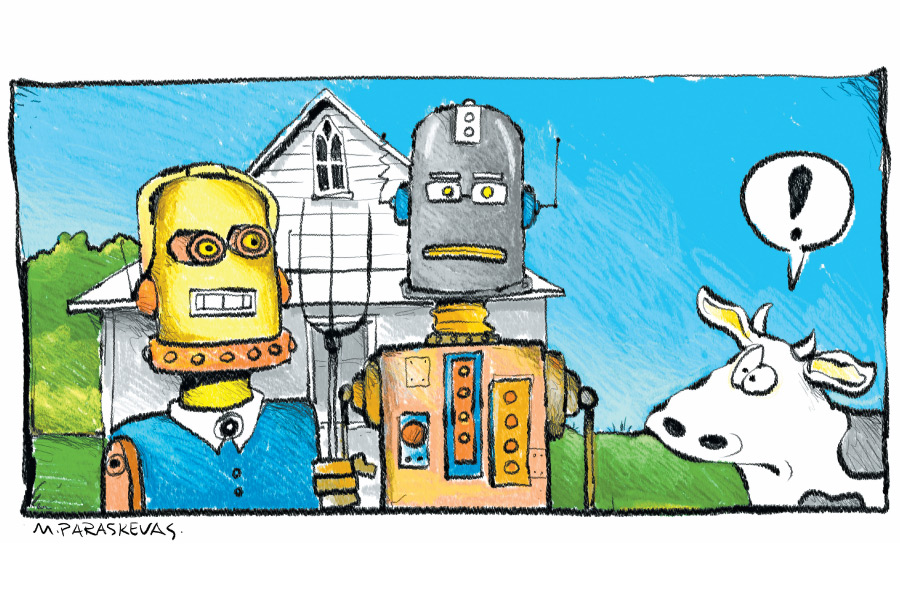
There are several dairy farms in the Hamptons. One is Mecox Bay Dairy, a 100-acre spread in Mecox owned by Arthur Ludlow. Another is the Ty Llwyd Farm in Northville just east of Riverhead. A third is Goodale Farms in Riverhead. I spoke to Arthur Ludlow and asked him if he’s heard of or uses these new robot milking machines that are coming into common use. He says he knows of them, but doesn’t use them.
“I have a license to sell raw milk,” he said. “People come here to buy the milk and the cheese I make from it. It might make sense at dairies that pasteurize the milk, but I don’t do that. I think pasteurizing kills some of the important healthy enzymes in the milk. Also, I like to care for our cows personally. Cleanliness is important and I watch over it.”
The farm has 15 Jersey cows and, including calves and heifers, a total of about 50 head on the 100 acres.
At his farm, and at other dairies that operate in the old way, the farmhands get up at 6 a.m., round up the cows, and lead them—willingly, since they are in need of milking—into the milking parlor, which is a barn with a milking stand in it. The cows head in side-by-side at the stand and farmhands milk them by grabbing the teats and releasing the milk into tubes that flow to bulk tanks.
It’s hard work. Equipment can get kicked, the farmhands kicked, there are stalls to muck. And it’s expensive. There are wages to be paid and sometimes accommodations made for bunkhouses.
After the milking, the cows are led back to their stalls to be fed and then let out into the fields. Cows are milked multiple times a day.
The new way to milk cows, according to a recent article in The New York Times, is with cow milking robots, which are now being purchased by farm owners in the Midwest and in New York and New England.
These robots have already come into general use all over Europe. One of the best known is about four feet tall, is made of steel and looks something like robots that work on a car assembly line. It and its compatriots have innards that are part space technology, part Roomba (the vacuum cleaner robots), part laser and internet software, part surveillance camera and part suction devices.
The cows love them. And they indicate their love when, at five in the morning and full of milk, they head happily over to the milking robot machine and line themselves up nose to tail to wait to have the robot milk them. No humans need to be there.
The robots cost up to $250,000 each and so are an expensive investment. Some farmers initially feared that the cows would be scared of the milking machine. They’d pay all this money and the cows would shy away. A farmhand would show up and the cows would moo to get the milking done the old-fashioned way and come over to him.
But that’s not what happened.
The cows watched the robots at work and immediately caught on. This was an amazing thing to them. Now they wouldn’t have to depend on farmhands. They could feel the need to get milked—it can be painful for the cow if not done right away—and on their own trot over and have the robot milk them whenever they wanted. Sometimes they’d get milked five or six times a day.
The cow simply walks right into the space where she will be milked up close, personal and cozy like next to the robot. There is a robot arm that goes down in front and another robot arm that goes down in the back when the robot senses there’s a cow there. So the cow stays there.
The next thing that happens is that a laser arm scans the underbelly of the cow to map the shape of the udder and the location of the teats. Then a sprayer arm finds its way down under the cow where the udder is and sprays the udder with liquid antibacterial soap and water. This feels good.
Next, the robot’s computer directs four sucker arms to slide up the teats and attach themselves. Then an engine starts up and sucks the milk out of the udder and sends it to a container attached to the robot. When there is no more milk, the robot turns off the engine, automatically disconnects the sucker arm, the bar arms are raised, the cow trots out into the field and gets some grass to eat and the next cow trots into place and it starts all over again.
In the course of a day, the frequency of the milking, the amount of milk milked and the amount each cow eats are monitored by a transponder necklace that each cow wears proudly around his neck. The number of steps the cow takes is recorded. The amount of stuff that comes out of the back of the cow is recorded and, using mathematical formulas, is weighed. The amount the cow eats is calculated. All of this is available to be seen on computers where humans can decide on food and exercise and other matters.
The farmer and his farmhands during this time are doing whatever else needs to be done: haying, planting, fencing, playing cards, watching TV, etc. and if there is a malfunction in the robot, an alert on their cell phones ring to inform them that the robot needs to be attended to.
It’s like any machine, a farmer told the Times. It malfunctions occasionally.
But this is far less troublesome and costly than milking the old-fashioned way. It’s cost effective.
Organizations that care for the welfare and happiness of cows have expressed approval for the milking machines. The cows don’t have to stand around in pain waiting for the farmhands. The cows get to look outside while being milked rather than just at the front ends of their milking parlor stalls. Getting milked is now the responsibility of the cow. And they can enjoy more personal interactions with the farmers.
This creates a whole different relationship between cows and people, something especially important to change the ways of large commercial dairies where cows are treated like equipment for milk and just stay tethered up all day in their stalls waiting for humans to do milking, feeding and mucking.
Moooo, as one cow told us.
